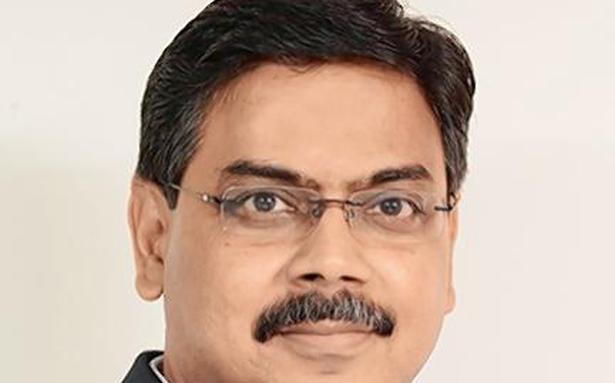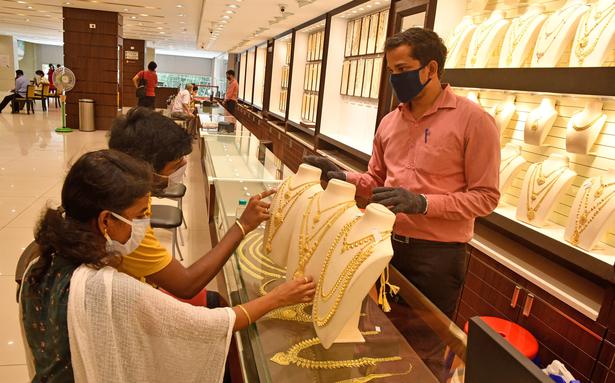Hosur has emerged as an urban, cosmopolitan city that presents itself as an investment destination alongside Chennai and Coimbatore
Hosur has emerged as an urban, cosmopolitan city that presents itself as an investment destination alongside Chennai and Coimbatore
Five decades ago, in 1973, a sparsely populated hill country of Hosur was selected as the site for one of Tamil Nadu’s first two industrial estates to be promoted by the State Industries Promotion Corporation of Tamil Nadu (SIPCOT), the other in Ranipet. Since then, Hosur has evolved into an urban, cosmopolitan city that ranks alongside Chennai and Coimbatore as an investment destination. Recently it attracts big projects and competes with other industrial centers.
The cluster saw two high-profile investments last year, with Tata Electronics building a ₹5,000 mobile components plant in Udhanapalli, and Ola, a ₹2,500 electric vehicle (EV) plant in nearby Pochampally. These investments are seen as the beginning of a new boom in Hosur. For the industry leaders here, these investments are the completion of Hosur’s evolution into a “mature industrial landscape” with a well-oiled supply chain of micro, small and medium-sized enterprises; a “friendly” work culture and a pleasant climate that promotes work efficiency.
Added to this is the highway network that facilitates movement logistics, proximity to Bengaluru and land availability.
“The kind of labor unrest in rural Bengaluru is not seen here. There is unrest in a new place where society is experiencing industry for the first time,” says K. Velmurugan, President of the Hosur Small and Tiny Industries Association, which governs MSMEs. “In Hosur, the labor unrest ended in the 1990s,” he recalled. “Both industry and workers have matured, and industry has learned that exploitative practices are counterproductive. This, together with the MSME supply chain and the availability of land, is a great advantage,” says Mr. Velmurugan.
The industrial landscape, initially led by TVS Motors, Ashok Leyland and Titan Industries, is now home to a diverse portfolio spanning pharmaceuticals, electronics, food processing, apparel, granite, logistics and warehousing. At a time when the Union government’s policy push for electric vehicles could reduce automotive clusters to industrial ghost towns without reinvention, Hosur’s automotive industry has already diversified, with companies such as TVS Motors and Simple Energy Private Limited contracting to manufacture electric vehicles, together with electric vehicle charging component companies that have been proposed to do business.
“This is a self-sustaining ecosystem of a stable industrial climate, mature industries, including MSMEs, and a network of ancillary units, combined with the availability of land and an aggressive government approach,” says R. Rajagopalan, President of the Hosur Industries Association, who describes the current investment climate as a “rebirth for Hosur”.
In Hosur’s industrial landscape, with a supply chain densely populated by MSMEs and limited bulk buyers, new large-scale industries will help MSMEs diversify and negotiate better prices. At best, the relationship between MSMEs and Tier 1, Tier 2 and Tier 3 companies is often strained to varying degrees by price disputes and lending delays. “This is the typical supply-demand dynamic. With more MSMEs and less demand, MSMEs as service providers have no bargaining power. With investments and new industries, demand is increasing, giving MSMEs a choice between customers,” emphasizes Mr. Velmurugan. But given the opportunities, MSMEs will also need the government’s hand on collateral-free loans as MSMEs are permeated due to the slowdown in GST defaults and outstanding loans.
The employment pitch
According to Krishnagiri Collector V. Jayachandra Bhanu Reddy, SIPCOT’s land requirement for Phase III and IV was 2,223 acres, of which the administration has acquired 1,400 acres.
As a result, farmers in Shoolagiri have protested, fearing the dispossession of lush farmland and the loss of their livelihoods. The government’s offer for investment and accelerated land acquisition depends on local job creation. However, a preliminary look suggests changes in recruitment methods. The demographics of the workforce are also changing as only female workers will be hired for the new plants.
In a landscape previously supported by staffing suppliers, new investments such as the recently constructed Tata Electronics and Ola Electric plants have bypassed the staffing suppliers and recruited their own initial workforce through internal teams. “The company wanted to make sure there were no agents, no coercion, and families of women would be kept informed,” a Tata Electronics source said.
The threshold upper secondary/high school diploma as an eligibility also means that only a tiny percentage of female workers are drawn from the migrant labor pool, as several of these states have low female literacy rates.
However, some of the new investors are also bringing in a new form of work called “scheme” employment, which has a fixed term of 2 to 5 years. While contract labor has been seen as exploitative, it is unclear how “scheme” employment will work.
“What would happen to the women at the end of the term? It is unclear whether they will be kept or sent away. At the very least, if a company relieves my worker, I send him as a contractor to another client and I am accountable to my worker for his job,” says a leading staffing firm with a Tier 1 clientele. While contractors have had their shortcomings, this moral economy can disappear under the “scheme” of employment, with the lone worker versus a primary employer.
While this increasing feminization of work is seen as an immediate benefit for local employment, it needs to be examined more closely given the unpredictability of ‘scheme’ employment, says Sridhar, joint district secretary of the Center of Indian Trade Unions (CITU). “Will there be room for union organizing and collective bargaining for women?”
The Scheme worker is a concept in Singapore and other countries. We don’t know if “pattern” or “scheduled” work will become a reality (norm) and if it can be useful or sustainable. It should be a win-win for government, industry and workers. The worker should have a decent salary and a permanent position,” says Mr. Rajagopalan.
With Hosur’s new boom come new challenges.



